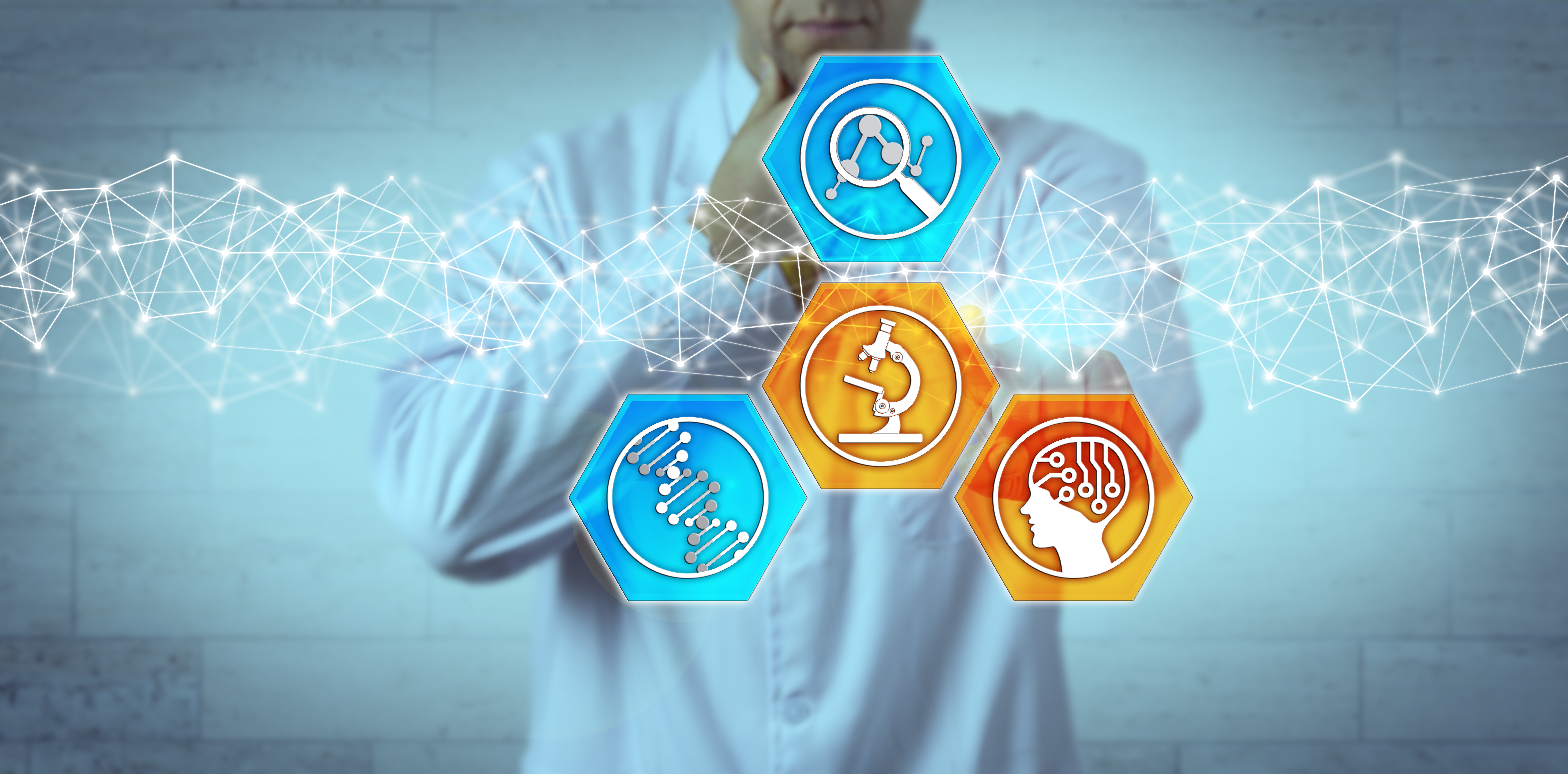
Traditionally, to be a physician is to be a master of the tools of medicine, whether it be a stethoscope, a scalpel or a health record, among countless others. But with the introduction of AI, physicians are being presented with a new and unique challenge.
In a recent commentary at Health Affairs, a trio of healthcare stakeholders – Barak D. Richman, JD, PhD, a visiting scholar at the Stanford University School of Medicine; Luke Sato, MD, senior vice president and chief medical officer for CRICO and assistant clinical professor of medicine at Harvard Medical School, and; Anthony Weiss, MD, senior vice president and chief medical officer at Beth Israel Deaconess Medical Center – outline the traditional relationship physicians have had with their myriad tools then turn to a discussion of how AI is different.
For example, they note, “informational tools inform a physician’s judgment, typically in the process of making diagnoses, (and) only fellow physicians possess the relevant expertise and professional experience to scrutinize a colleague’s use of the provided information.”
AI, however, changes that underlying dynamic, because “AI informational tools do not merely inform a physician’s judgment but instead assemble information and produce a judgment on their own. Algorithms mine databases of biomarkers, health records, and even consumer data to produce diagnoses and target useful preventive care. Digital apps offer ‘virtual health assistants’ that take and monitor biometric data over time, particularly for those managing illnesses, and then automatically suggest necessary medical care.”
That same pattern of change holds, the writers argue, when it comes to many other traditional medical tools, presenting physicians with options that are still somewhat murky as they work to establish, or re-establish, their role as “master of the tools.”
As they see it, there are perhaps “three alternative but not mutually exclusive approaches to the coming organizational, and perhaps existential, challenge that AI presents for modern medicine.”
First, physicians can treat AI as just another tool, so the priority would be “to ensure that the tools serve the physician and the physician remains in control. Technologies that make physicians’ jobs more taxing, alienating, or error-prone should be tamed to conform with the physician’s familiar relationship with their tools.”
Another option is “to recognize that a radical transformation in health care is underway and to adapt accordingly. It is not unreasonable to imagine that interactive devices (Alexa, Siri, and so forth) will serve as a patient’s primary interface when seeking health care, and that AI technologies will inform, direct, and administer care to patients without relying on meaningful physician contact. To prepare for this world, physicians must learn to master these technologies or risk seeing their role as health care providers shrink significantly (perhaps even being displaced entirely by Silicon Valley products).”
The third option is to find a so-called “middle way,” which would involved thinking “carefully what health care providers can do that machines cannot. Many of the informational, operational, and maintenance services that physicians provide might be replaced by machines, but machines will never be human. Therein lies some kernel of irreplaceability that human providers (not just physicians) can and must offer.”
The bottom line, they say, is that regardless of the option – one of theirs or something entirely different – physicians choose, “the traditional categories of tools and responsibilities are bound to get messier. In little time, the regulation and organization of medicine—of physicians supervising physicians and product agencies supervising devices—will need to be rethought, and it would benefit physicians if they are at the lead of that rethinking.”


